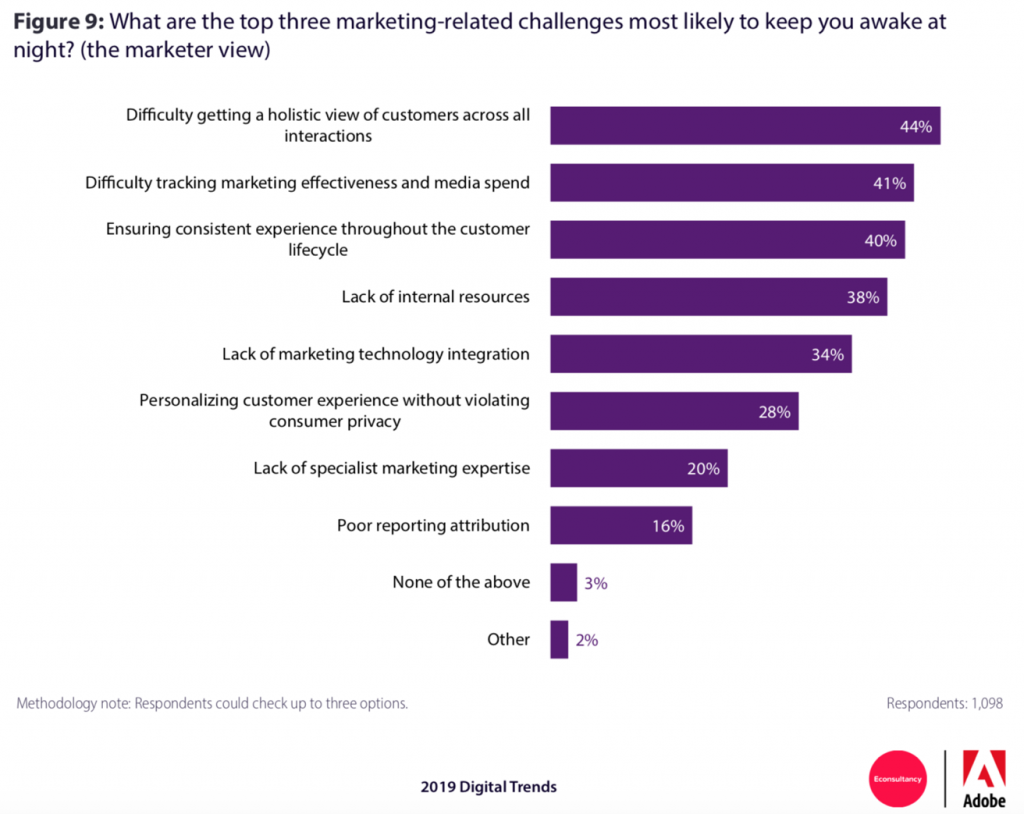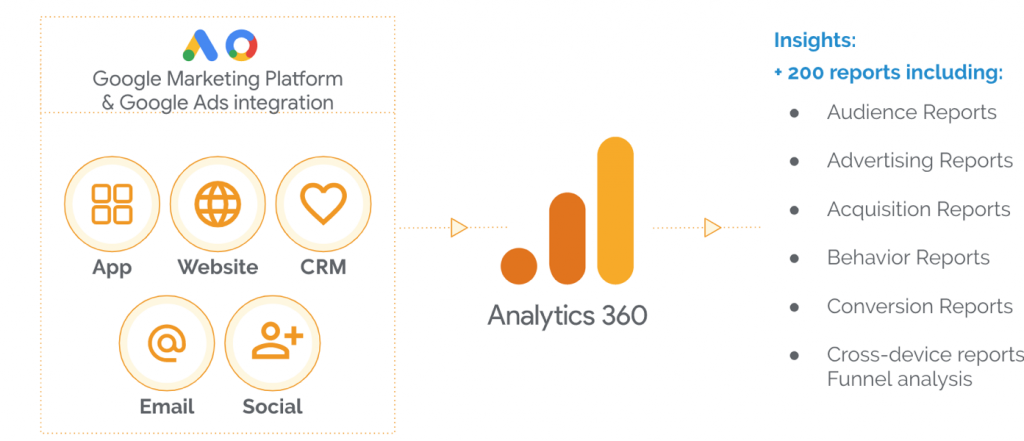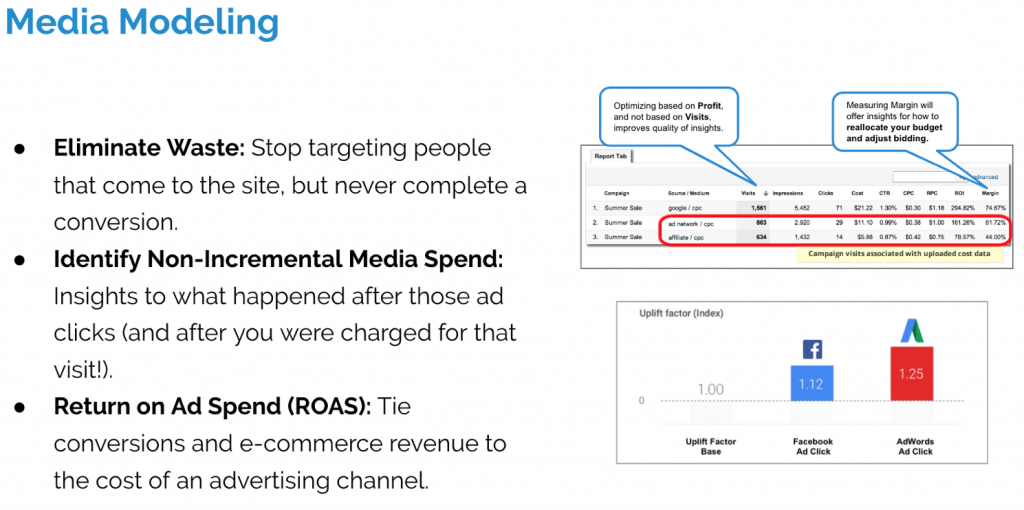I love board games… and RPG games… any type of game, really. So when Stadia.com by Google was teased, I was really jazzed up. They have a great offer right now for a 3-month subscription with controller and other features available at its launch. We already have an Xbox at home and tons of board games, and while I was fully expecting my wife to say no to the idea of yet another subscription, she actually asked a different question:
“Sure, sounds cool, but are you going to actually use it?”
My rebuttal evaporated, as I wasn’t expecting her to be so open to the idea. I instead paused and thought—would I actually use it? I play on my Xbox maybe once a week, but really prefer playing outdoor games or board games. So no, I wouldn’t actually use it, but would be stuck with another subscription for an underutilized platform (despite how cool it sounds).

Does this scenario sound familiar to you? In business (and especially marketing/advertising) we often see this happen where the shiny new technology (and there are a lot of them) is purchased with hopes of transforming an organization, only to be shelved and never enabled or used to its fullest potential. So what’s the point? Why do we keep falling for this? Are we as humans so addicted to buying new shiny toys that we repeat the same mistakes? A discussion for a different day, I suppose, but for a topic near and dear to my heart, enterprise analytics software, I believe there must be a better way.
If you’re considering an “upgrade” to a new analytics too, keep the following three tips in mind. You can also use these tips to evaluate any current tools you’re paying for to ensure they’re still right for your business.
TLDR: Any tool will fail to meet your expectations if you over-architect it, move slow, and go for “perfection.” Especially in today’s landscape, privacy regulations and changes to browsing technologies make digital measurement difficult, with so many hurdles and considerations. That said, why try to perfect a solution when it may get blocked/killed anyway? Let’s determine what will drive your business and marketing efforts forward, and get that going!
Let me be clear: Accurate data is important because you want to be confident in your decision making. However “perfect” data, and overly-complex/complete tracking that is long and resource-intensive can make you lose your chance to be effective with data.
1. Focus On the Activities Your Customers Do That Grow Your Business (a.k.a. Customer-Centricity)
This probably seems like a “duh” comment that has been played over and over again, with “Customer Lifetime Value” being the buzzword of the last few years. To me, it’s a way to prioritize what you should be doing. The challenge with measurement is that there are so many ways to approach it, determining which way is best for your organization is a major challenge. Is the old 80/20 rule applicable to your business, for example? (Where 80% of your business comes from 20% of your customers.)
I can’t speak to all businesses, but I have yet to find an organization that has fewer things it could be doing than actual resources to execute on all of those items. Prioritizing, then, is important. The best way to do that for digital is focusing on how you make money—from your (best) customers.
At InfoTrust, when we say be customer-focused and measuring + optimizing on key customer activities, this usually involves a multi-stage process. Here’s the high-level overview:
- Define what touchpoints your customers have with your brand
- Build your measurement strategy (we like to use the 6 “P”s Methodology shown below and explained here), prioritizing key actions to track technically and how to track them
- Build a model to identify the top customers, highest lifetime value, and/or which actions lead to growth

If you think focusing on the customer for all digital activities is too advanced or mature for your organization, you’re not alone. This is a trend in the industry, per an econsultancy.com report:

2. Tracking Everything before Analyzing and Making Decisions Won’t Get You Anywhere
Focusing on key elements is not only important for your measurement efforts, it also will help your business stay on track in a fast-paced world. Often times when we start working with organizations on their measurement and driving optimization, there is a mentality of, “We need to track everything before we can make any decisions.” Measurement projects often get stuck in the development stage when we need to deploy new tracking on a website or app and it’s at the back of the development queue.
Per a recent “Think with Google” article, “The mistake too many marketers make is waiting for a “perfect” measurement solution that doesn’t exist.” Even with the most basic implementation of analytics to capture pageviews, such as with Google Analytics, you have access to over 250+ data signals on any user coming to your website and can start understanding more about your customers or what you can improve. We always recommend analyzing when you have sufficient basic data to do so, while also working to improve and enhance your data collection.

So, what can you do without a very robust data collection system in place already? Well, most likely you have some media or marketing running to get awareness on your brand, and the most simple initial analysis that can be made is around campaigns and media. One of the easiest ways to prove the value of an enterprise analytics tool (that may cost hundreds of thousands of dollars) quickly is to showcase improvements to your media/marketing spend and effectiveness.
The beauty with this approach is that it does not require every single customer touchpoint or action to be tracked. You just need a basic attribution formula to understand where to optimize media. Free enterprise tools can showcase this, as well, but with enterprise analytics, automatic modeling and data-driven attribution tools become available and the ability to drive media optimization becomes much easier.
It’s not always about cutting media waste, though. Driving growth-oriented media analysis allows you to immediately see and even predict where campaign investment can grow your business.

3. Rely On Expertise, Because It’s Too Hard Not To
Focus on the customer. 100% doesn’t mean perfect, it means slow. Focus on media optimization to start while deploying your robust tracking and data collection system. Sounds easy right? Probably the single biggest or best way to showcase value of an enterprise platform is ensure you have the right people and processes to make it work (and live on long-term). A platform alone will not solve the world’s problems. People make things work, and you need to have the right experts handling the platforms to really make everything worth it. Admittedly, we suggest having an expert partner that revolves their business around the enterprise analytics tool (here’s where we plug InfoTrust, a certified Google Marketing Platform partner and Adobe Partner) but you can do this within your own organization, with the right dedicated team and focus. If you are the leader of team that is tasked with making the enterprise tool investment valuable, work with what you have, make mistakes, and test. The best way to drive decisions is to first validate with test both quantitative and qualitative data.
Data and enterprise analytics tools are meant to help decision-making, not make it more difficult. If you are still unsure if an enterprise analytics tool is even worth your investment, take an assessment with an expert partner to determine your analytics maturity and if such a tool is even needed. At InfoTrust, we have a few resources that can help:
If you feel your organization is ready for an enterprise-level analytics platform, make sure you know how to make it worth the investment.
And for those that are curious, I did not end up buying the Stadia.com subscription, but as a result, do use my Xbox more often. 🙂


